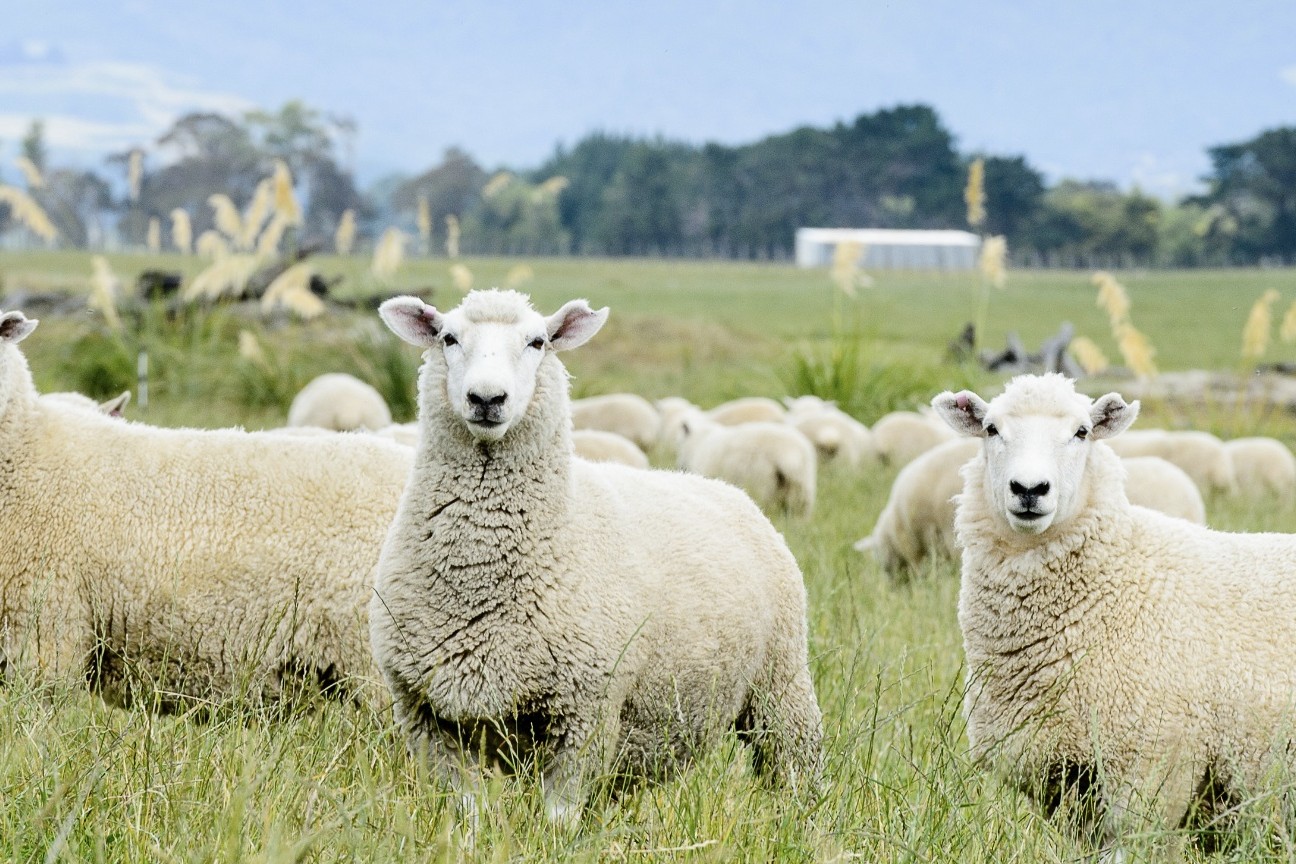Wool price rises as exporters caught short
A more accurate picture of the impact on wool production from the loss of land to pines and shift to shedding sheep will be clear in December-January when shearing gets underway and wool starts arriving in stores around the country. Words Tony Leggett.

The steady decline in the weight of New Zealand’s strong wool clip has underpinned the sustained rise in prices at auction over the past few months. PGG Wrightson North Island procurement and sales manager Steve Fussell says wool exporters are now watching sheep numbers closely and they are acutely aware of the downward trend. He says some exporters had committed to filling large orders earlier in the year, in expectation they would be comfortable with the amount of wool coming into the sales through the second-shear wool season. “But a few of them were caught short over the second shear period and that had a positive impact on the strength of wool prices for farmers.”
He expects a period of consolidation in prices will follow the pleasing surge in auction prices over the past three months. “We’re hearing news of a dip in orders from some exporters and we know that demand from India has dropped off almost completely, so prices could settle a bit through the next three months or so.”
Steve says it has been pleasing to see a sustained lift in auction prices, though he is disappointed it is off the back of sliding sheep numbers rather than a rise in demand from buyers. “In my patch in Hawke’s Bay over the past year, we’ve lost the wool production from 4,000ha of the country that is now fully planted in pine trees. That is land that will never be returned to sheep and beef,” he says.
“We had a sort of lag effect after a lot of hill country was bought for trees and it’s steadily been planted over the past few years. So, the decline in sheep numbers is really hitting home now most of that country is fully planted.”
The much-publicised shift into shedding sheep genetics has been less noticeable too because it takes several years to fully transition a flock to fully shedding. “One of my clients tested shedding sheep rams and decided not to pursue it further after his hogget wool went well at auction and also some went on a contract at good money too.”




